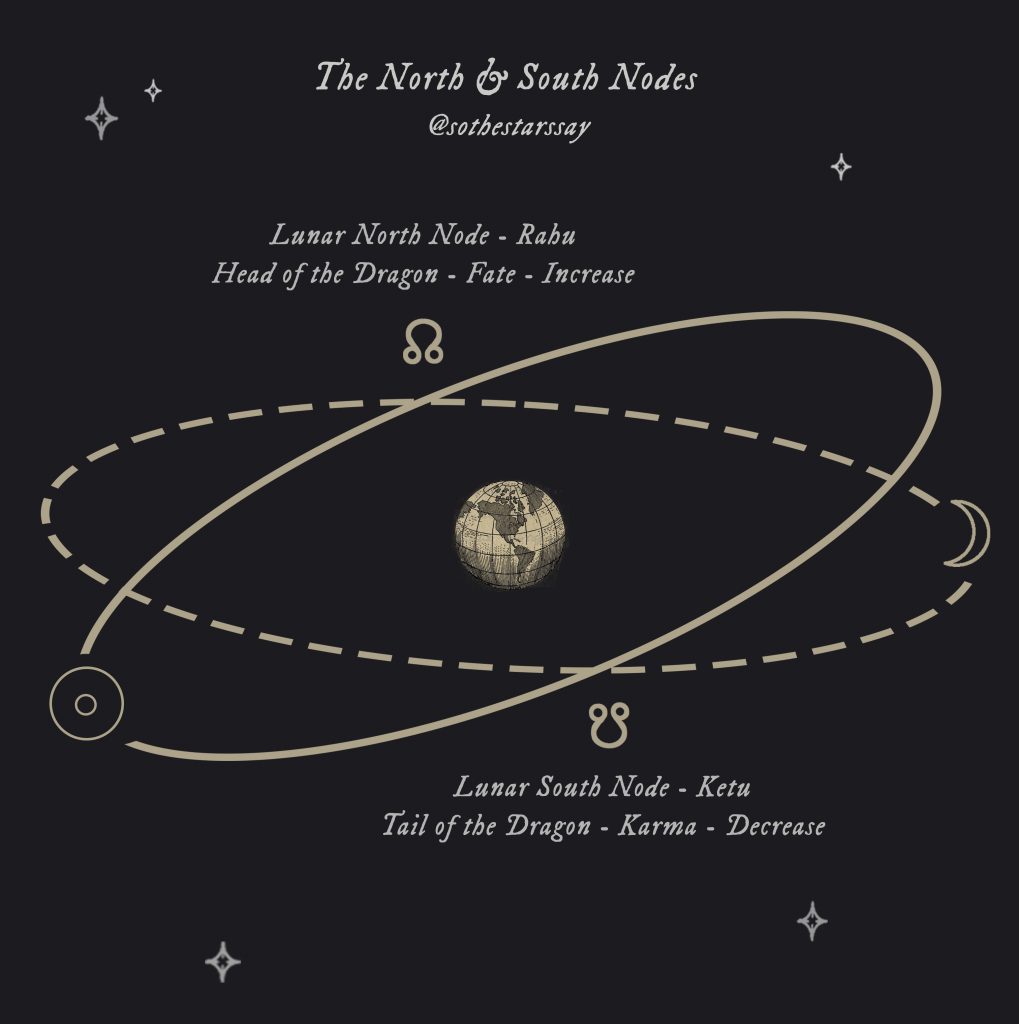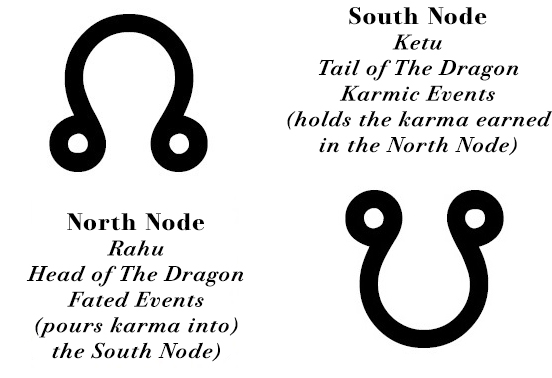This article is Part 2 in a three-part series on eclipses. Part 1: Course Corrections introduced eclipses as turning points in life’s rhythm. Part 3: Working With Eclipse Cycles will show you how to apply them in your own chart, and will be linked here as well.
Light disappears, and the story shifts. That is the mark of an eclipse. Something is eclipsed into your life, or something is eclipsed out of your life. The way it plays out depends on whether the Sun and Moon stand together or face each other across the sky. Solar and lunar eclipses belong to the same axis, but they pull in opposite directions. One begins. One ends.
They are not ordinary lunations. A solar eclipse is not a new moon to script intentions. A lunar eclipse is not a full moon for ritual release. They are deadlines. The conjunction or opposition at the node collapses time. What might have taken months or years unfolds in days.
A solar eclipse fuses the Sun and Moon at the node. It comes with the new moon and it opens a six-month window. Something starts. You may not plan it, you may not even want it, but the door is open and you are moving. A job offer lands, a pregnancy begins, a move is made. Solar eclipses are beginnings that arrive fully formed.
A lunar eclipse sets the Sun against the Moon on the same axis, with the earth perched in between them. It comes with the full moon and it closes the window. Something ends. The job ends, the partnership dissolves, the truth comes out. A lunar eclipse is final. It exposes what is unsustainable and cuts it away.

Yet the line between them is not as clean as “solar equals beginnings, lunar equals endings.” A solar eclipse may coincide with a death, a breakup, or another dramatic conclusion. That ending is the necessary trigger for the new cycle, and the eclipse’s work is still to begin the next phase. A lunar eclipse may show up as what looks like a beginning, a new job, a new relationship, a new move. The eclipse is still closing the prior stage, but the pivot into what comes next can be obvious on the same day.
The reason is simple. Eclipses point forward. Their focus is always the stage that follows, not the one that falls away. A solar eclipse beginning requires an ending, but we are often more emotionally tied to the ending, so it overshadows the start that follows until later. A lunar eclipse may close a window, but the space it clears can look like a beginning instead of a loss.
Every eclipse is tied to the lunar nodes. The South Node shows what is returning. It brings back the karma you picked up 18 years ago. Old patterns, debts, and echoes surface so they can be lived out again or finally cleared. The North Node points forward. It delivers fated events that allow you to earn karma, to step into what the future asks of you.

The Ouroboros gives the image. The North Node is the dragon’s head, the South Node the dragon’s tail. These are not planets, but mathematical points where the Moon’s orbit crosses the Sun’s path. Together they form the karmic axis. The South Node is the comfort zone, the habits and talents you already know. It is familiar, but staying there too long creates stagnation. The North Node is the stretch, the foreign path that feels uncomfortable but opens growth. Moving toward it fulfills the purpose of the cycle.
This is why eclipses feel bigger than ordinary lunations. A solar eclipse on the South Node may drag up an old storyline, forcing it into the light again. A solar eclipse on the North Node can drop you into a brand-new role that shapes the years ahead. Lunar eclipses do the same work, either exposing what is left unfinished from the past or closing chapters that must end to make space for the future.
Look to the houses. A solar eclipse in the 10th can start a career or push you into the public eye. A lunar eclipse in the 10th can end that same career, or mark retirement, or force a change in direction. A solar eclipse in the 4th may bring a move, a new home, or a family beginning. A lunar eclipse in the 4th may mark a relocation, a separation, or the close of a chapter at home.
Every axis tells a story. Solar and lunar eclipses bounce back and forth for about eighteen months, sometimes two years. One cycle forces openings, the other closures. Together they write a chapter of your life. By the time the axis ends, a whole arc has played out, complete with beginning, climax, and ending.
This is why tracking them matters. Solar eclipses start what cannot be delayed. Lunar eclipses end what cannot continue. When you follow the sequence, you see how they hand the story off to one another, overlapping while opening and closing the windows that mark the rhythm of time.
We are living it now. The Aries–Libra axis (2023–2025) is reshaping relationships, partnerships, independence, and how balance is held. At the same time, the Virgo–Pisces axis (2025–2027) is layering in questions of service, health, faith, and surrender. These cycles overlap, which is why the weight of eclipse seasons feels doubled. One set is closing doors on the ways we used to relate. The other is opening doors into how we heal, serve, and imagine what comes next. The dragon’s head and tail wind around both, reminding us that every ending is tied to a beginning, and every beginning requires something to end.
What’s Next: Part 3 – Working With Eclipse Cycles
Next we will take the whole cycle as one. How to track eclipses through your own chart, how to trace the echoes from 18 years ago, and how to see which doors are opening and closing now. The aim is to give you a way to map the pattern so you can recognize the architecture of your own story instead of being surprised each time the light goes out.

